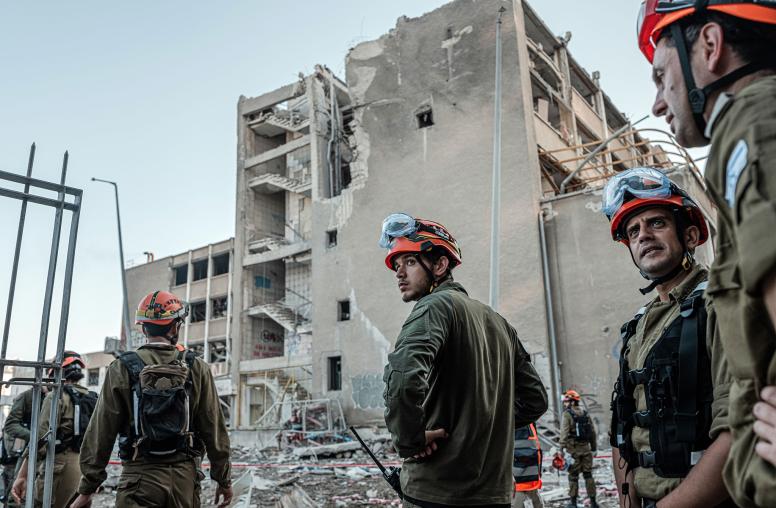Related Research & Analysis

With Cease-fire Holding, Can Israel and Iran Move Toward De-escalation?
Israel’s stunning and sophisticated June 13 attack on Iran set off a worrying 12-day escalatory spiral. Iran responded in short order with ballistic missile and drone strikes, which led to a series of tit-for-tat exchanges between the two sides. A cease-fire is now in place -- but will it hold?

The Current Situation in Yemen
Yemen’s regionalized civil war has divided the country, destroyed its meager infrastructure and created one the worst humanitarian crises in the world. From the start, it has been connected to a regional competition between Saudi Arabia (which has supported the internationally backed Yemeni government) and Iran (which has supported the Houthis). A U.N.-backed truce in 2022 brought relative calm to internal frontlines and, with help from the Sultanate of Oman and Saudi Arabia, the U.N. made progress toward a roadmap agreement to end the war. This progress was upended by the Gaza war in 2023, as the Houthis attacked Israel and international shipping through the Red Sea corridor. Houthi attacks, including on commercial shipping and U.S. naval assets, frayed international support for a peace deal that would see resources flow to the group and have set the country on different trajectory.

Border Security Training Program (BSTP)
USIP’s Border Security Training Program (BSTP) trains police officers from Kenya’s Border Police Unit (BPU) and General Service Unit (GSU) who are serving on al-Shabaab’s major transit corridor along the Kenya-Somalia border. The program, which began in 2017, is implemented in partnership with the U.S. Department of State’s Bureau of Counterterrorism and equips Kenyan police with the skills to better understand the civilian environment and cultivate relationships in order to more effectively achieve their mission and counter terrorist activity.